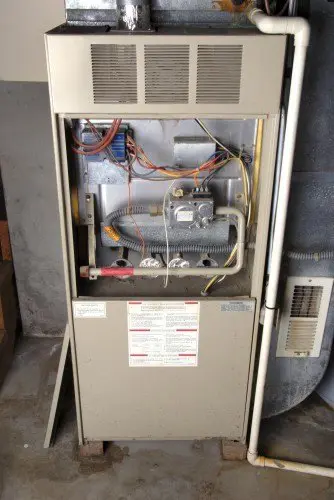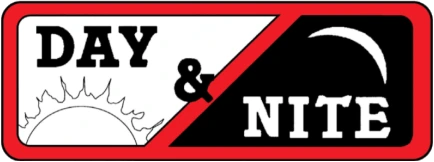Why is My Furnace Leaking?
 When your furnace generates heat to send through your home, it creates condensation that is normally removed from the home through a condensate drain line. If something goes wrong, your furnace may start leaking water. Here's how to tell what is going on, and when to call for furnace repair.
When your furnace generates heat to send through your home, it creates condensation that is normally removed from the home through a condensate drain line. If something goes wrong, your furnace may start leaking water. Here's how to tell what is going on, and when to call for furnace repair.
Furnace Condensation
The production of heat may seem like it is the opposite of cold condensation. However, condensation is part of the process of heating air to push through your ductwork. It is fairly simple to understand. The furnace burns the fuel to create flue gases, from which the furnace can extract heat. Most of the heat is retained by the furnace, particularly with furnaces of a higher Annual Fuel Utilization Efficiency (AFUE). The rest is exhaust that is sent up the flue to exit the home. As the exhaust drops in temperature, it condensates.
Problems with the Condensate Drain
Since the creation of condensation is a normal part of furnace function, there are components that are built to remove the condensation quickly and effectively. Combining leaking water and appliances can be costly or dangerous, so getting the condensation out of the home is important. The condensate drain pan under the furnace collects the water and sends it through a pipe, commonly known as the condensate drain line, outside. If that pipe gets clogged at any point, the pan cannot drain. Over time, the pan will fill until it overflows and causes a leaking furnace. In winter, a frozen pipe may be the cause of the clog. Find the pipe outside your home and see if it is covered in ice. Melting the ice with a warm washcloth may be all you need. If you cannot locate or remove the clog quickly on your own, arrange for furnace repair to have it fixed.
Clogged Air Filters and Evaporator Coils
There are other potential causes of leaks as well. Many people have split-system air conditioning, with the furnace acting as an air handler to dispense the air throughout the home. The air conditioner draws in the air and delivers it and refrigerant to the evaporator coils, which are located near the air handler. The furnace air filters pull debris from the air before it is passed over the evaporator coils to be cooled. Once the filters get dirty, they cannot filter the air as efficiently. This can make the evaporator coils dirty. Condensation that would normally pass to the condensate drain gets stuck on the dirt and accumulates. If the filter and coils are not cleaned regularly, the condensation on the evaporator coils freezes. This can cause a leak that requires cleaning to prevent permanent damage to the coils.
Furnace condensation is normal, but furnace leaks are not. Anytime you see water dripping or puddling around your furnace, you need furnace repair. Constant furnace leaking can affect function of the furnace and your ability to use it during the winter, so calling for prompt service and repair is crucial for your comfort.
